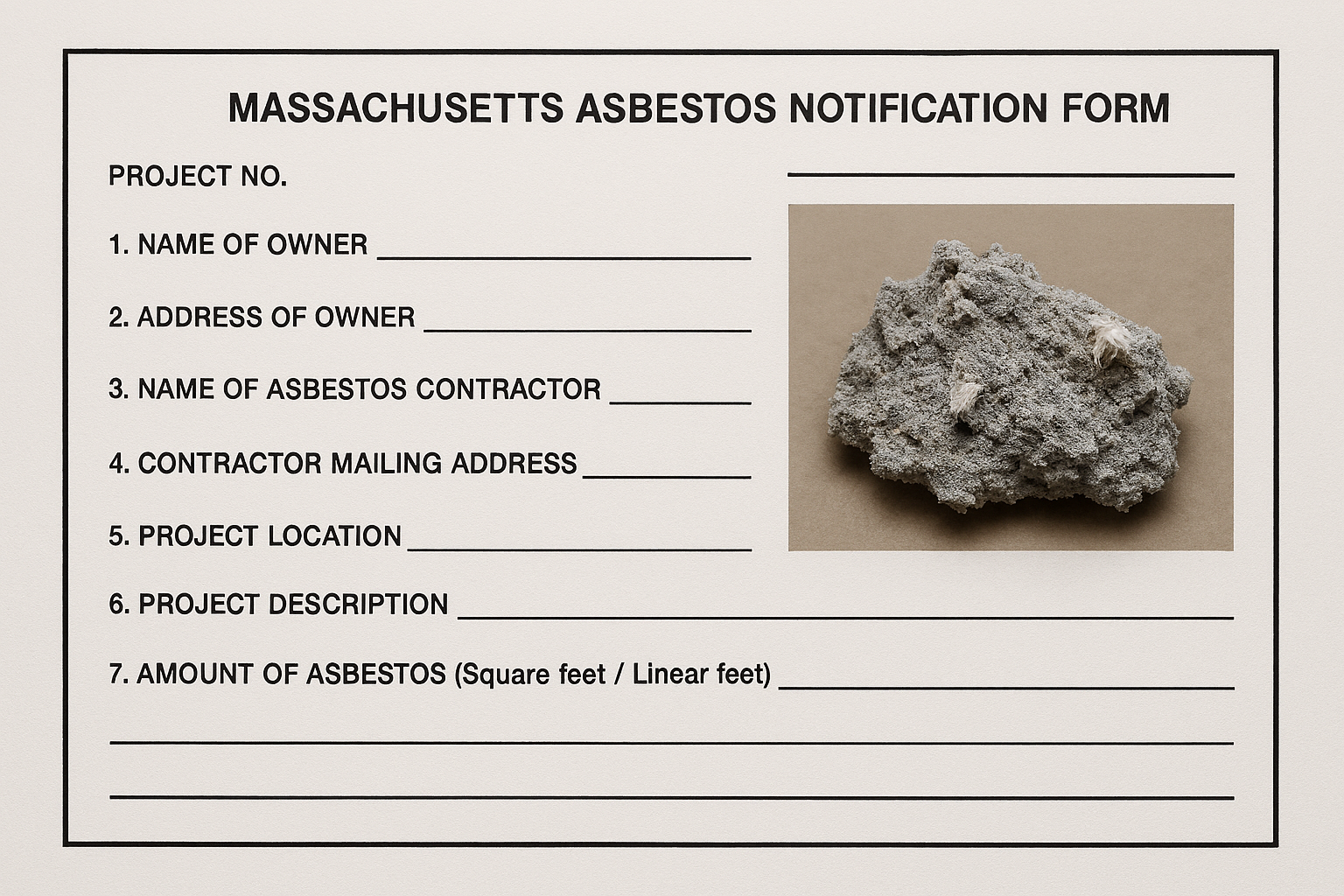Beryllium’s Adverse Health Effects:
Eye contact with beryllium and its compounds can cause irritation reactions. In other words, the eyes may become red and you may experience itchy or burning feelings and tearing or dryness. Skin contact with beryllium and its compounds can trigger a sensitization reaction. Sensitization reactions are more commonly referred to as allergic reaction. Like allergic reactions to bee stings or cat dander, not every worker who is exposed to beryllium will develop a beryllium allergy. Unfortunately, we can’t predict which workers will become allergic to beryllium and which ones won’t.
Allergic skin reactions to beryllium cause contact dermatitis, which manifests itself as an itchy, red rash with dry, cracked skin or blisters. Like all allergic reactions, these symptoms will present every time a worker with beryllium allergy has skin contact with this chemical. The severity of these reactions tends to increase with each additional exposure.
Inhaled beryllium can be very damaging to the lungs. Specifically, it can cause Acute Beryllium Disease, which is characterized by a quick on-set of bronchitis-like symptoms. These symptoms follow brief exposures to very high concentrations of beryllium (usually at or greater than 100 micrograms per cubic meter). Luckily this form of beryllium disease rarely occurs because commonly-implemented exposure controls keep airborne beryllium concentrations below this danger threshold.
Unfortunately, many of today’s beryllium workers are at risk of developing other lung diseases, like Chronic Beryllium Disease. Granulomas in the lung are hallmarks of this disease. Ironically, these structures are made up of immune cells called macrophages. Our body recruits these immune cells to lung tissue to digest the beryllium particles which have deposited there. These accumulations of macrophages ultimately scar the lung tissue and interfere with normal lung function. The role of immune cells in Chronic Beryllium Disease means that like the contact dermatitis described above, it is a type of sensitization or allergic reaction.
Chronic Beryllium Disease includes symptoms such as difficulty breathing, coughing, fatigue, and weight loss. It can be treated but it is ultimately irreversible. In addition, it can progress to Chronic Obstructive Pulmonary Disease. Finally, OSHA, the National Toxicology Program, and International Agency for Research on Cancer (IARC) all classify beryllium as a known human carcinogen. Specifically, these groups assert that beryllium and its compounds increase a worker’s risk of lung cancer. Like Chronic Beryllium Disease, lung cancer is often irreversible.
The adverse health effects described above occur when beryllium and its compound get in the eyes, on the skin, and in the lungs. Employers who have workers that handle beryllium and its compounds must implement exposure control methods that eliminate beryllium exposures or keep them well below concentrations that are known to be harmful.
Cashins & Associates, Inc. can help you evaluate beryllium exposures, identify exposure control methods, and comply with OSHA’s Beryllium Standard. Contact us by clicking on the link below. We look forward to hearing from you!





